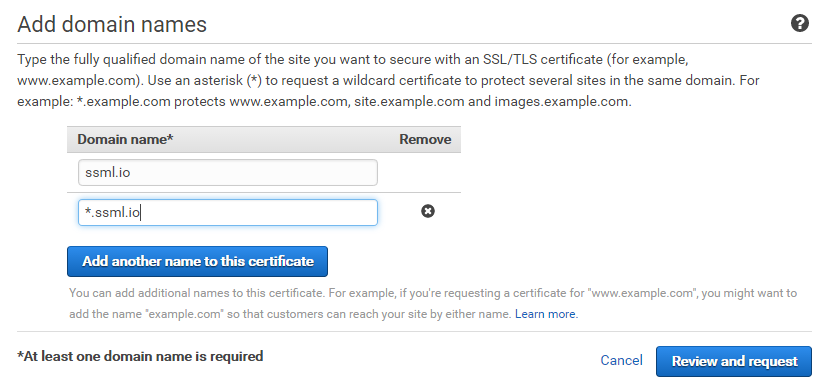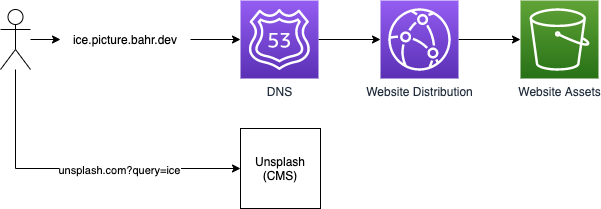

Possible values you’ll see in the 2nd column for the size are: Bytes/MiB/KiB/GiB/TiB/PiB/EiB

You can identify the total size of all the files in your S3 bucket by using the combination of following three options: recursive, human-readable, summarize Note: When you are listing all the files, notice how there is no PRE indicator in the 2nd column for the folders. To display all the objects recursively including the content of the sub-folders, execute the following command. Note: The above output doesn’t display the content of sub-folders config and data 7.

If the bucket contains some object, you’ll get the following error message: $ aws s3 rb s3://tgsbucket Remove_bucket failed: s3://tgsbucket1 An error occurred (NoSuchBucket) when calling the DeleteBucket operation: The specified bucket does not existĤ. If the bucket you are trying to delete doesn’t exists, you’ll get the following error message. $ aws s3 mb s3://tgsbucket -region us-west-2 To create a bucket in a specific region (different than the one from your config file), then use the –region option as shown below. Make_bucket failed: s3://demo-bucket An error occurred (IllegalLocationConstraintException) when calling the CreateBucket operation: The unspecified location constraint is incompatible for the region specific endpoint this request was sent to.Ģ. Under some situation, you might also get the following error message. Please select a different name and try again. The bucket namespace is shared by all users of the system. Make_bucket failed: s3://paloalto An error occurred (BucketAlreadyExists) when calling the CreateBucket operation: The requested bucket name is not available. If the bucket already exists, but owned by some other user, you’ll get the following error message. Make_bucket failed: s3://tgsbucket An error occurred (BucketAlreadyOwnedByYou) when calling the CreateBucket operation: Your previous request to create the named bucket succeeded and you already own it. If the bucket already exists, and you own the bucket, you’ll get the following error message. To setup your config file properly, use aws configure command as explained here: 15 AWS Configure Command Examples to Manage Multiple Profiles for CLI In the above example, the bucket is created in the us-east-1 region, as that is what is specified in the user’s config file as shown below. The following will create a new S3 bucket $ aws s3 mb s3://tgsbucket For details on how these commands work, read the rest of the tutorial.Īws s3 mb s3://tgsbucket -region us-west-2Īws s3 ls s3://tgsbucket -recursive -human-readable -summarizeĪws s3 cp /local/dir/data s3://tgsbucket -recursiveĪws s3 cp s3://tgsbucket/getdata.php /local/dir/dataĪws s3 cp s3://tgsbucket/ /local/dir/data -recursiveĪws s3 cp s3://tgsbucket/init.xml s3://backup-bucketĪws s3 cp s3://tgsbucket s3://backup-bucket -recursiveĪws s3 mv s3://tgsbucket/getdata.php /home/projectĪws s3 mv s3://tgsbucket/source.json s3://backup-bucketĪws s3 mv /local/dir/data s3://tgsbucket/data -recursiveĪws s3 mv s3://tgsbucket s3://backup-bucket -recursiveĪws s3 sync s3://tgsbucket/backup /tmp/backupĪws s3 sync s3://tgsbucket s3://backup-bucketĪws s3 website s3://tgsbucket/ -index-document index.html -error-document error.htmlĪws s3 presign s3://tgsbucket/dnsrecords.txtĪws s3 presign s3://tgsbucket/dnsrecords.txt -expires-in 60
#Aws s3 copy wildcard how to
This tutorial explains the basics of how to manage S3 buckets and its objects using aws s3 cli using the following examples:įor quick reference, here are the commands. It is easier to manager AWS S3 buckets and objects from CLI.


 0 kommentar(er)
0 kommentar(er)
